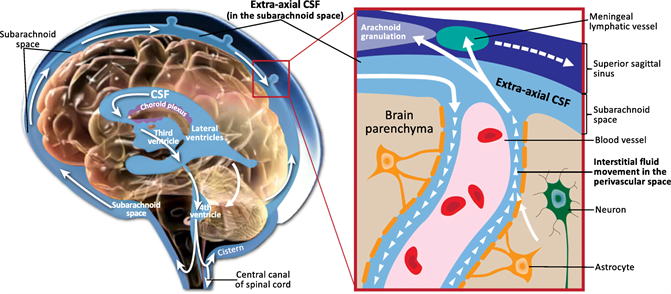
PUMPA - SMART LEARNING
எங்கள் ஆசிரியர்களுடன் 1-ஆன்-1 ஆலோசனை நேரத்தைப் பெறுங்கள். டாப்பர் ஆவதற்கு நாங்கள் பயிற்சி அளிப்போம்
Book Free DemoHave you ever thought about the power lines going out of your house? Where do those power lines meet finally? They would meet at the power generation house. From the power generation house, electricity is transmitted via transmission lines running through our cities. We get the electricity by making a connection to the transmission lines.
Similarly, in our body, the transmission of nerve impulses to and from the brain happens via a central transmission cord called the spinal cord. Through this spinal cord, all the connections of nerves reach the brain, similar to the transmission lines reaching the powerhouse.
The spinal cord extends from the medulla oblongata for about \(42\) to \(45\) \(cm\) long. It acts as means of communication between spinal nerves and the brain. It transmits and receivesimpulses from the brain and is responsible for the majority of reflex actions.

The cross-sectional view of the spinal cord with grey and white matter
The same three protective membranes (meninges) found in the brain surround the spinal cord. The spinal cord is a cylindrical structure that runs through the vertebral column’s neural canal. The meninges also cover it.
It extends from the medulla oblongata’s lower end to the first lumbar vertebra. Filum terminale is a thin fibrous thread-like structure that extends down the posterior-most region of the spinal cord. The spinal cord contains the central canal.
The central canal is a cerebrospinal fluid-filled channel located within the spinal cord.
The two types of neural tissue that make up the spinal cord are internal grey matter and external white matter. The grey matter of the spinal cord is shaped in the shape of an 'H'. The letter “H” upper end forms the posterior horns, and the lower end forms the anterior horns.

H shape of spinal cord's grey matter
A dorsal or afferent root is formed when a bundle of fibres passes into the posterior horn. Fibres pass outward from the anterior horn and form ventral or efferent roots.
Spinal nerves are formed when these two roots come together. The white matter is located on the outside of the brain and contains a bundle of nerve tracts. Sensory and motor impulses are transmitted to and from the brain via the spinal cord. It regulates the body’s reflex actions.
- The cauda equina, or horse’s tail, is a collection of spinal nerves located below the second lumbar vertebra in the vertebral column.
- The conus medullaris is the end portion of the spinal cord, from which a fine filament termed filum terminale emerges, anchoring the spinal cord within the vertebral column.
Important!
Cerebrospinal Fluid:

Cerebrospinal fluid_circulation
The anterior and posterior choroid plexuses secrete cerebrospinal fluid. It is located inside the brain's ventricles, the central canal of the spinal cord, and the subarachnoid space surrounding the brain and spinal cord.
The brain is suspended in a special type of fluid called cerebrospinal fluid (CSF).
CSF is the clear, colourless, watery fluid surrounding and protecting the brain within the skull is similar to lymph.
Functions:
- When the brain is subjected to a sudden jerk, CSF works as a shock absorber and protects the brain from injury.
- It nourishes the brain with nutrients.
- It collects and eliminates waste from the brain.
- It also provides the medium for exchanging food materials, respiratory gases and other materials.
- It is also in charge of keeping the constant pressure inside the skull.
- A cerebrospinal fluid examination is a test that examines the cerebrospinal fluid. CSF test helps to diagnose illnesses and conditions that affect the brain and spinal cord.
Reference:
https://commons.wikimedia.org/wiki/File:1313_Spinal_Cord_Cross_Section.jpg
https://upload.wikimedia.org/wikipedia/commons/a/ae/CSF_circulation.png
https://upload.wikimedia.org/wikipedia/commons/5/56/Spinal_cord_%2826_2_16%29_Rat%3B_cross-section.jpg